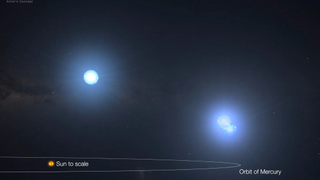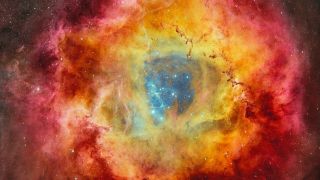Stars
Latest about Stars
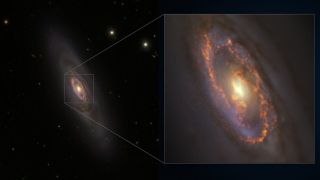
Astronomers spot unusually synchronized star formation in ancient galaxy for 1st time
By Sharmila Kuthunur published
An old galaxy reveals clusters of young stars that have formed in an unusually synchronized fashion, challenging the idea that star formation declines as galaxies age.
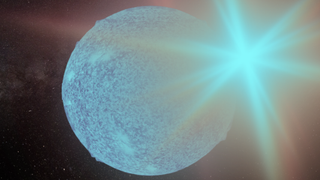
Newfound dead star spins record-breaking 716 times a second, explodes with thermonuclear blasts
By Robert Lea published
The neutron star 4U 1820-30 is one of the fastest spinning bodies in the universe, spinning at 716 times a second and erupting like an atomic bomb, NASA's NICER telescope has found.
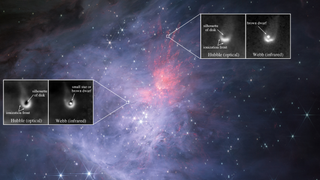
Can 'failed stars' have planets? James Webb Space Telescopes offers clues
By Robert Lea published
The James Webb Space Telescope has discovered brown dwarfs at the heart of planet-forming disks in the Orion nebula. The discovery could help reveal if these "failed stars" can have planets.
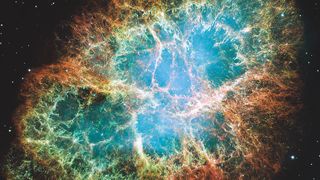
A star exploded almost 1000 years ago and left us with the gorgeous Crab Nebula. Here's how to see it
By Joe Rao published
To see the Crab Nebula for yourself, you'll have to wait until around midnight local daylight time, after it has sufficiently risen high enough above the east-northeast horizon.
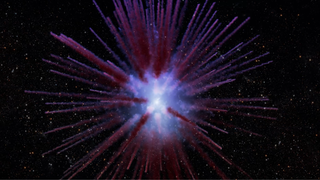
In a cosmic horror show, this zombie star survived a supernova explosion
By Robert Lea published
A zombie star has defied expectations by surviving a supernova explosion that should have destroyed it. The undead white star's "grave" is marked by a cosmic dandelion.
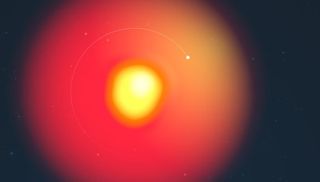
Supergiant star Betelgeuse may have a 'Betelbuddy'
By Samantha Mathewson published
The supergiant star Betelgeuse may have a companion star that pushes light-blocking dust out of the way, causing the irregular changes observed in the star's brightness.
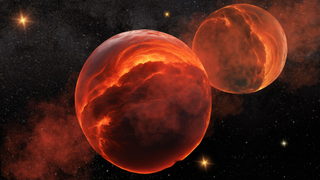
These 'failed stars' orbit so closely it took 29 years to tell they were a pair
By Robert Lea published
The first and most famous "failed star" discovered by humanity isn't one brown dwarf, but two! The duo comprising Gliese 229B are so tightly bound they orbit each other in 12 days.
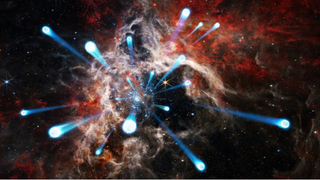
Gaia space telescope discovers 55 'runaway' stars careening away from stellar cluster at 80 times the speed of sound
By Robert Lea published
Using the Gaia space telescope, astronomers have observed 55 massive stars ejected from their home star cluster in the Large Magellanic Cloud at speeds equivalent to 80 times the speed of sound.
Get the Space.com Newsletter
Breaking space news, the latest updates on rocket launches, skywatching events and more!
